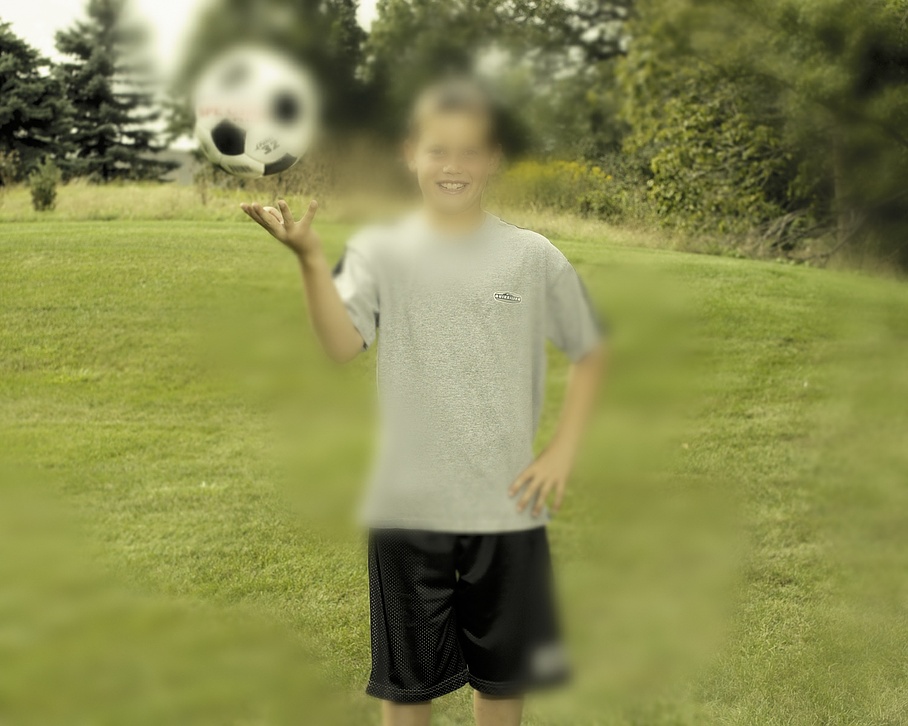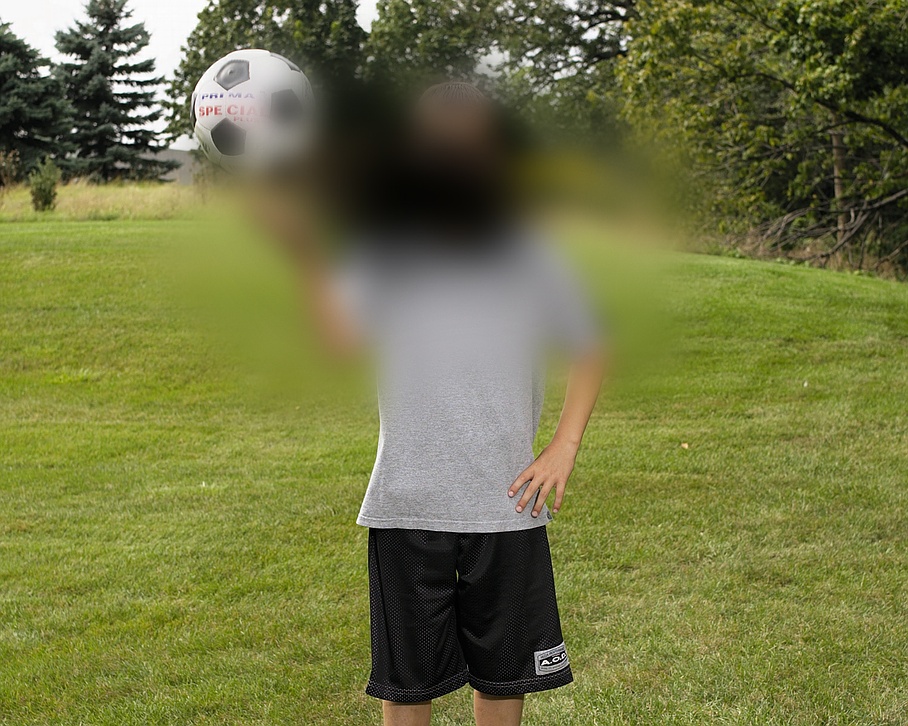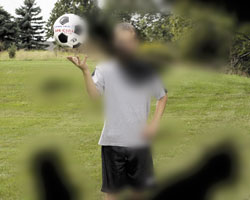Visual abnormalities
Diagnosis, therapeutic treatment and correction of eyesight at the Dr J.-M Schepens Eye Center in Geneva
Before starting any therapeutic treatment, it is essential to form a diagnosis and assess all our chances of success in the "Capital Vision".
To this end, we have various means available. It starts with a consultation in our Eye Center and medical history, which will be followed by a rigorous and comprehensive eye examination for an accurate diagnosis of any eye damage or disease.
The examination, angiograms, spectral OCT/SLO system, corneal topography and analysis of the optical nerve fibres, to mention but a few, enable us to assess the various medical conditions.
 Medical conditions of the anterior chamber
Medical conditions of the anterior chamber
It is possible to correct eyesight by wearing glasses, corrective lenses or by means of surgery.
Find out about the various anterior chamber medical conditions below.
 Myopia (shortsightedness)
Myopia (shortsightedness)
In a normal eye, light is focused by the cornea and lens to form a sharp image on the retina.
In the case of myopia, the point of focus is not located on the retina, but in front of it.
The result is blurred distance vision and sharp close-up vision.
 Hyperopia (farsightedness)
Hyperopia (farsightedness)
In this case, the light does not focus on the retina, but behind it.
The result is blurred distance vision but especially blurred close-up vision.
 Astigmatism
Astigmatism
The light fails to converge at the same point on the retina.
The result is both blurred distance and close-up vision.
 Presbyopia
Presbyopia
The lens is able to change shape in our eye when switching from distant vision to reading in order to maintain sharpness of image (accommodation).
In the case of presbyopia, the lens is no longer able to change shape when switching to close-up vision, making it difficult to read.
This physiological phenomenon can start when people are in their forties (the signs are when patients say "My arms aren't quite long enough any more").
Strabismus (squint)
This is a defect in the action of the eye muscles caused by an imbalance in their muscle strength.
♦ with a squint, the eye may turn in (converge)
♦ or turn out (diverge).
♦ Amblyopia (lazy eye) frequently accompanies a squint in children. It should definitely be detected and treated before the age of six.
It is a disorder that almost always appears before the age of four.
Ocular motility disorders
There are several possible origins – metabolic, traumatic, vascular or tumoral.
Cataracts
 This is the loss of transparency in the lens. This loss in transparency reflects the death of a part or the whole of the lenticular cells.
This is the loss of transparency in the lens. This loss in transparency reflects the death of a part or the whole of the lenticular cells.
The clinical signs are a slow and progressive reduction in eyesight and the occurrence of glare.
Glaucoma
Glaucoma is an eye disease associated with an abnormal rise in the pressure of the liquid inside the eyeball. This abnormal pressure usually leads to irreversible visual impairment.
This disease develops in a non-painful way with progressive loss of the visual field. The diagnosis can only be made during routine monitoring by your ophthalmologist from the age of 40.
Glaucoma is a serious disease but medicine and surgery have effective weapons to control it.
Medical conditions of the posterior chamber
 Age-related macular degeneration (DMLA)
Age-related macular degeneration (DMLA)
This disease affects over 25 million people worldwide. This eye condition deprives those who suffer from it of their central vision: they cannot read, drive, or watch television...
It is the primary cause of blindness in people over 50 years of age.
This disease has a chronic course. Faced with this threat, new treatments are appearing. Refer to the heading our services for more details.
Retinal detachment
This is a relative ophthalmological emergency if operated within 24 to 48 hours after diagnosis.
It is actually an "intra-retinal" duplication, which can cause degeneration of the neurosensory retina, hence the urgency of a diagnosis.
Symptoms: Persistent bright flashing always in the same place, even in the dark, black veil, decreased visual acuity … inexorable progression to total retinal detachment and loss of eyesight, if the patient is not operated on.
 Diabetic retinopathy
Diabetic retinopathy
It is the primary cause of blindness worldwide.
Through progressive hearing impairment, diabetes generates several complications, the main one being diabetic retinopathy. This is a retinal disease that is also called micro-angiopathy.
Deterioration of the blood vessels leads to a progressive loss of vision and slow development correlating with the level of sugar in the blood (blood glucose).
Diagnosis is via repeated fluorescein angiography, OCT angioview (angiography without fluorescein) in the diabetic. If the macula is affected, the eyesight decreases significantly. Monitoring of diabetes prevents the development of retinopathy.